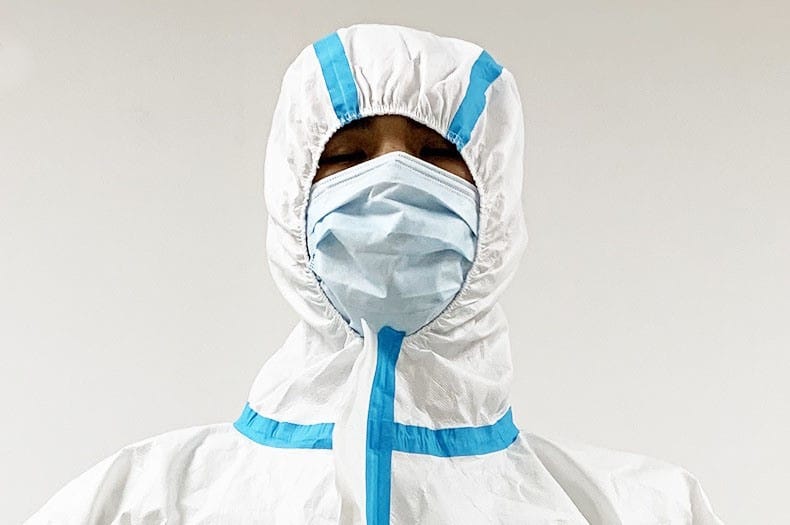Masks & Respirators

Masks & Respirators
A respirator is a device designed to protect the wearer from inhaling hazardous atmospheres, including fumes, vapours, gases and particulate matter such as dusts and airborne microorganisms. There are two main categories: the air-purifying respirator, in which respirable air is obtained by filtering a contaminated atmosphere, and the air-supplied respirator, in which an alternate supply of breathable air is delivered. Within each category, different techniques are employed to reduce or eliminate noxious airborne contaminants
Air-purifying respirators range from relatively inexpensive single-use, disposable face masks sometimes referred to as a dust mask to more robust reusable models with replaceable cartridges often called a gas mask
All respirators have some type of facepiece held to the wearer’s head with straps, a cloth harness, or some other method. Facepieces come in many different styles and sizes, to accommodate all types of face shapes. The differences in respirator design impact the respirator assigned protection factors, i.e. the resulting degree of protection from which kind of hazard
Respirators can have half-face forms that cover the bottom half of the face including the nose and mouth, and full-face forms that cover the entire face. Half-face respirators are only effective in environments where the contaminants are not toxic to the eyes or facial area. For example, someone who is spray painting could wear a half-face respirator, but someone who works with chlorine gas would have to wear a full-face respirator
A wide range of industries use respirators including healthcare & pharmaceuticals, defence & public safety services (defence, firefighting & law enforcement), oil and gas industries, manufacturing (automotive, chemical, metal fabrication, food and beverage, woodworking, paper and pulp), mining, construction, agriculture and forestry, cement production, power generation, shipbuilding and the textile industry
From NIOSH webpage

Personal protective equipment (PPE) is used every day by healthcare personnel (HCP) to protect themselves, patients, and others when providing care. PPE helps protect HCP from potentially infectious patients and materials, toxic medications, and other potentially dangerous substances used in healthcare delivery
PPE shortages are currently posing a tremendous challenge to the healthcare system because of the COVID-19 pandemic. Healthcare facilities are having difficulty accessing the needed PPE and are having to identify alternative ways to provide patient care
CDC’s optimization strategies for PPE offer options for use when PPE supplies are stressed, running low, or absent. Contingency strategies can help stretch PPE supplies when shortages are anticipated, for example, if facilities have sufficient supplies now but are likely to run out soon. Crisis strategies can be considered during severe PPE shortages and should be used with the contingency options to help stretch available supplies for the most critical needs. As PPE availability returns to normal, healthcare facilities should promptly resume standard practices
Showing all 3 results




